Quality Assurance
The Year Up Quality Assurance training program focuses on developing a comprehensive skill set in computer systems, programming, databases, software development, and quality assurance.
Explore below the roles that the graduates of this program are ready for and the competencies they have been trained in.
Role pathways for graduates of the Quality Assurance program

Software Testing & Automation
- Working within agile teams to develop automated test scripts.
- Verifying and validating the functionality of software systems.
- Executing automated tests and documenting the results.

Quality Assurance Analysis
- Participating in agile work teams to ensure the quality of systems throughout the software development life cycle.
- Involvement in various stages including requirements gathering, design analysis, testing, and release.
- Building and executing test plans, as well as documenting the outcomes.
Summary of the key competencies developed during the one-year training
Computer Architecture & Systems Fundamentals
- Computer Systems: Proficiency in operating systems (Windows, Linux, Mac), servers, and cloud infrastructure.
Programming Fundamentals
- Basic Program Writing: Writing and executing basic programs using languages like Java, Python, C#, R, or JavaScript.
- Programming Concepts Application: Applying programming concepts such as data types, variables, conditionals, methods, loops, and data structures.
- Development Environment Navigation: Navigating software development environments, including IDEs, frameworks, and libraries.
- Code Error Identification: Identifying and resolving software issues through code reviews and debugging tools.
Database Fundamentals
- Databases: Understanding basic relational database design including tables, keys, constraints, indexes, and normalization.
- Basic Query Writing: Writing and executing basic SQL commands.
Software Development Fundamentals
- Version Control System Navigation: Utilizing version control systems (e.g., Git, CVS, Subversion) and their tools.
- Software Solution Communication: Articulating software solutions using decision trees, flow charts, or pseudocode.
- Software Release Navigation: Understanding software release management infrastructure and processes.
- Software Methodology Application: Applying SDLC methodologies like Agile/Scrum or Waterfall.
- Problem Analysis: Analyzing complex problems and developing solutions.
Quality Assurance & Software Testing
- Software Test Writing & Execution: Developing and executing software tests, including unit tests, for code validation.
- Test Plan Design, Execution & Reporting: Creating, executing, and reporting on test plans for software solutions.
- Bug Report Writing: Writing clear, detailed, and accurate bug reports.
- User Interface Design: Understanding user interface design within software design.
